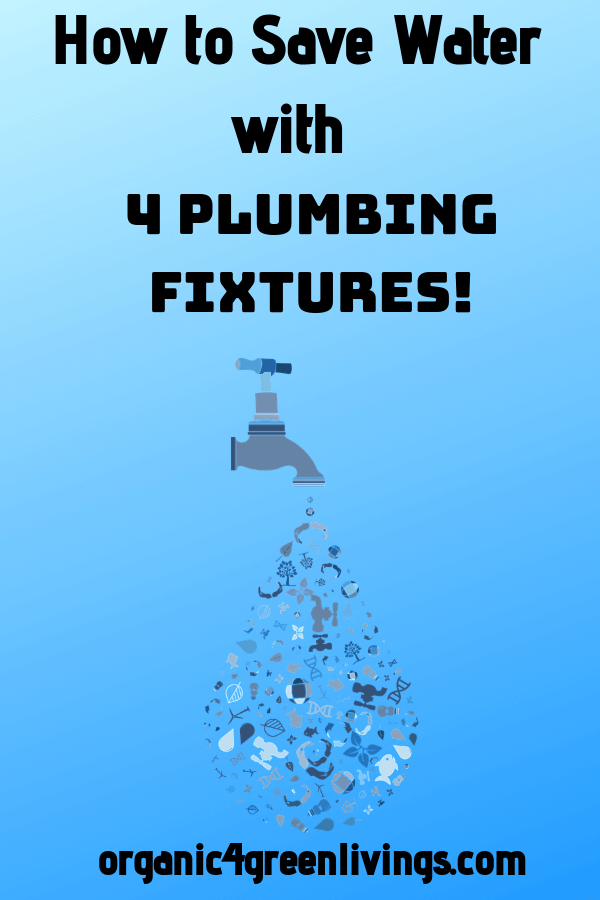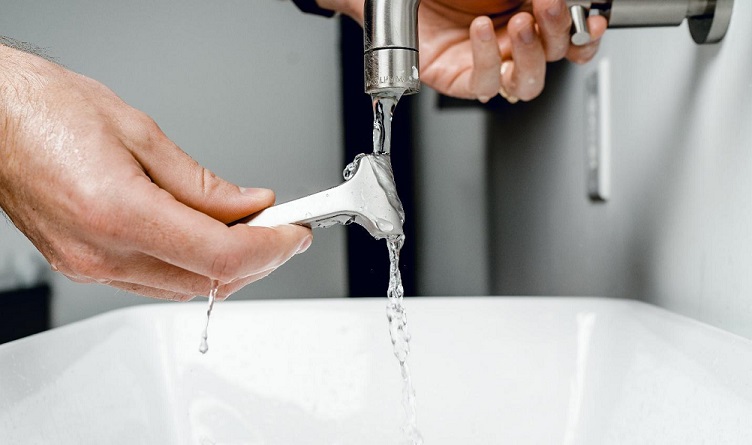4 Plumbing Fixtures That Help You Save Water at Home
To say that water is a precious resource is an understatement. Without it, no creature on earth would survive, but due to many reasons—overpopulation, industrialization, and climate change—all of which man-made, the world’s fresh water supply is quickly dwindling. And by 2050, two-thirds of the globe’s population is expected to live in a place with little to no access to water.

If humans don’t slow down today, 2050 may come faster. Now more than ever, people should do everything they can to keep this life-sustaining resource from running out. The best place to start is in your own home. Be conscious of how you use water, change wasteful water habits, and use these water-efficient fixtures to help you curb your consumption.
Low-Flow Faucet Aerator
Standard faucets gush out about 2.2 gallons of water per minute (GPM). Think about how often you leave the tap on when you’re brushing your teeth, shaving, or soaping your hands. That’s a lot of water to waste when you’re not even using it.
Aside from turning off the tap when you’re doing all those things above, you can also switch you regular faucets with low-flow aerators. The aerator cuts down the water flow from 2.2 gallons to 0.5 by injecting air bubbles in the stream. Additionally, it helps direct a straight and smoother flow to lessen splashes, thus saving more water.

Low-Flow Showerhead
In most homes, the showerhead is one of the biggest culprits of wasting gallons and gallons of water. With a standard showerhead, every minute of showering uses 2.5 to 4.0 gallons. Taking a 30-minute shower uses up an excessive amount of water, about 75 to 120 gallons.
Save water by switching to a low-flow showerhead. These low-flow showerheads only use 1.8 GPM, so a 30-minute shower will only consume 54 gallons. That’s still a lot considering the water crises all over the world, so you may consider shortening your showers or taking long showers only occasionally.
High-Efficiency Toilets
If you’re still using the same toilet from decades ago, then you bet your toilet is using an excessive amount of water for every flush. Old toilets use a whopping amount of 3 to 7 gallons of water per flush. Not only is it wasteful, but it’s also uneconomical. (Think of your water bills!)
Swap out your old toilet for a high-efficiency toilet that saves water and helps you avoid clogs. You can cut down the water your toilet uses to 1 to 1.3 gallons and save on your water bills.
Hot Water Circulation System
Hot water is a blessing to many people. It helps make showering and bathing become more comfortable and relaxing and makes doing certain chores faster and easier. But heaters usually take a moment or two to warm up water, so most people turn on the tap or shower and wait until hot water gushes. Every time you do this, you’re wasting perfectly good water. When the cold season kicks in, the waiting time becomes significantly longer, wasting more water.
If you don’t want to use the first stream of nonheated water but don’t want to be wasteful, you can install a hot water circulation system to help warm water travel faster from the heater to the faucet, saving time and conserving water. Plus, it also helps limit energy waste. If you’re unsure, talk to a plumbing expert to know more about the pros and cons of getting a hot water circulation system at home.
The Bottom Line
Saving water is every human’s duty. Every time you waste water, you’re condemning yourselves to a grim future.
- Be mindful of how you use water and other resources the earth has given.
- Shortening your shower time, reusing water,
- Turning off the tap when it’s not in use,
- and using water-efficient fixtures—
every little thing you do to conserve water counts. If every person on earth does these things, they can make a huge difference.
Are you doing your part to conserve water?
Do you have any helpful suggestions or tips that will help conserve and protect the future of our planet’s water supply?
Please leave them in the comments section below and share this on social media to help spread the word.

Pingback: Water Conservation & Responsible Consumption Tips for Home